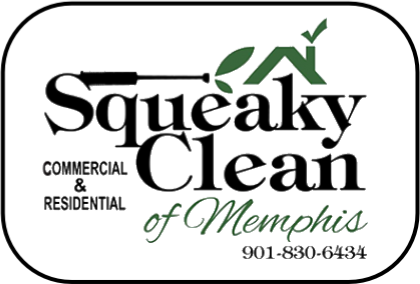Arlington’s Depot Square and Airline Road corridors depend on clean, safe walkways and inviting facades. Between foot traffic, coffee spills, tracked-in dirt, and weather, stains stack up fast—especially around curb cuts, benches, and door thresholds. A commercial-grade plan restores a bright, uniform finish without disrupting customers or violating local guidelines.
Start with a quick site audit
Walk the frontage before hoses come out. Note trip hazards, raised pavers, and high-touch zones near handles, cart corrals, and pickup windows. Tag stains by type: gum and candy spots, fryer drips near service doors, and algae in shaded sections. Identify sensitive finishes—painted brick, anodized aluminum, decorative stone, and acrylic signage—so the approach matches each surface.
Consistent results in daylight
Uniform concrete is about coverage, not brute force. Use a surface cleaner for overlapping passes that blend evenly from storefront to curb. Pre-treat gum, oil, and tannins so chemistry does the heavy lifting. Keep PSI within specs for municipal sidewalks to avoid etching and aggregate pop. At thresholds, swap to a wide-fan wand, reduce distance, and keep water away from door sweeps.
Signage, glass, and awnings
Brand elements sell the clean. Pre-wet window mullions and frames, then apply a gentle detergent and rinse top-down to prevent spotting. For fabric or vinyl awnings, confirm compatibility, work in shade, and avoid pushing water behind seams. Metal letters and routed signs get a light touch—test a small corner first.
Dumpster pads and service lanes
Back-of-house areas influence odors and pests. Degrease pads and adjacent block walls, treat organic buildup, and direct rinse water into approved flow paths. Where required, use reclaim or berms to keep wash water out of storm drains. Finish with a microbial step on porous pads to keep smells from rebounding.
Safety and business continuity
Clean sites should also be safe sites. Cone and cordon work zones, maintain clear egress paths, and stage hoses to prevent trips. For busiest shops, schedule after-hours or early morning so surfaces are dry before opening. Post “wet surface” signs and do a dry-down pass with air movers at entries on humid mornings.
ADA traction and curb appeal
Slippery algae near shade trees or misting systems can drop traction below ADA expectations. Target those sections first, restore micro-texture with correct tooling (not gouging), and verify grip underfoot after the rinse. Even color and safe steps from parking lot to door make the entire line of shops read “open and ready.”
Water direction and nearby landscaping
Guide rinse water away from mulch, planters, and door thresholds. Diversion pads and curb socks help keep dirty water from streaking new work. Pre-wet shrubs, use controlled application near beds, and neutralize where appropriate before a final clear-water rinse.
What professional service should include
Expect a written scope, stain-specific pre-treatments, surface cleaners for uniformity, careful threshold work, and reclaim or containment where needed. The walkthrough should confirm gum removal, improved traction at shaded sections, clean curb lips, spotless glass edges, and signage free of residue.
Want a storefront that looks open even before the lights come on?
Book Squeaky Clean of Memphis for expert pressure washing that restores sidewalks, entries, and signage without disrupting business. Keep the momentum with our next local guide: Lakeland Lake District: Algae-Smart Pressure Washing.
